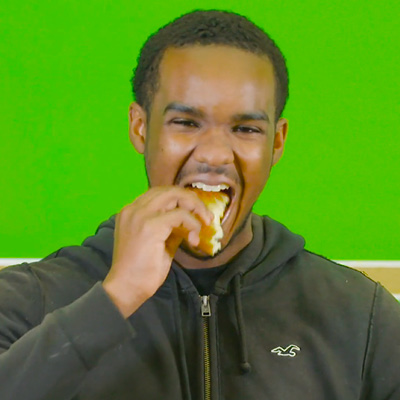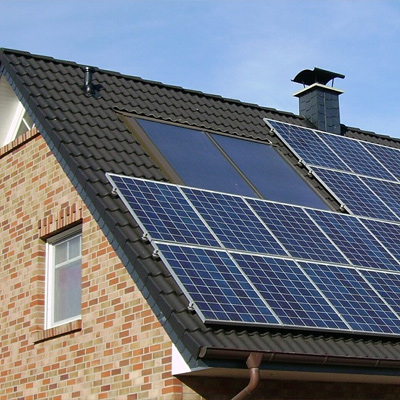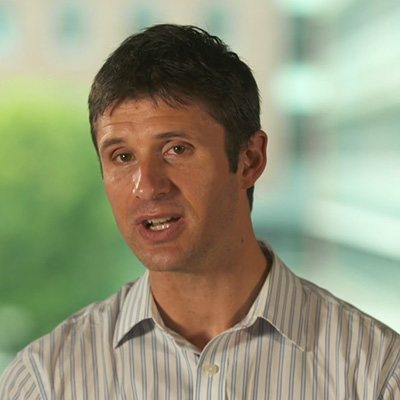WHAT TO DO
Assemble a ‘Lovely Layered’ sandwich:
- Spread ½ tablespoon of butter on a slice of bread and put it on the plate, buttered side down.
- Layer two slices of cheese on top.
- Spread ½ tablespoon of butter on a second piece of bread and layer it on top of the cheese, buttered side up. Set aside.
Assemble a ‘Monster Mixed’ sandwich:
- Take the remaining bread and cheese slices and tear or chop them into small pieces. Toss them together in the mixing bowl. Add the remaining 1 tablespoon of butter to the bowl and mix thoroughly with a spoon.
- With your hands, pack the mixture together and shape it into a rectangle approximately the same size as the layered sandwich.
Cook the sandwhiches
- With help from a grown-up, heat a large frying pan over medium heat. If your pan is big enough, put the layered sandwich on one side of the pan and the mixed sandwich on the other at the same time. (Otherwise cook one first, then the other, being sure to cook them for approximately the same time.)
- Flip halfway through cooking until both sides are golden brown. Does the cheese melt faster on one?
- Transfer all sandwiches to the plate and let them cool. Make some observations first: Which one is thicker? Is it easier to tear one apart? Now taste them: How do they compare?
Optional: If using special ingredients, make an additional “fancy” sandwich by repeating step one but adding in layers of extra ingredients. Fry as you did for the other sandwiches.
Clean-up:
Wash your dishes and enjoy your sandwich!



